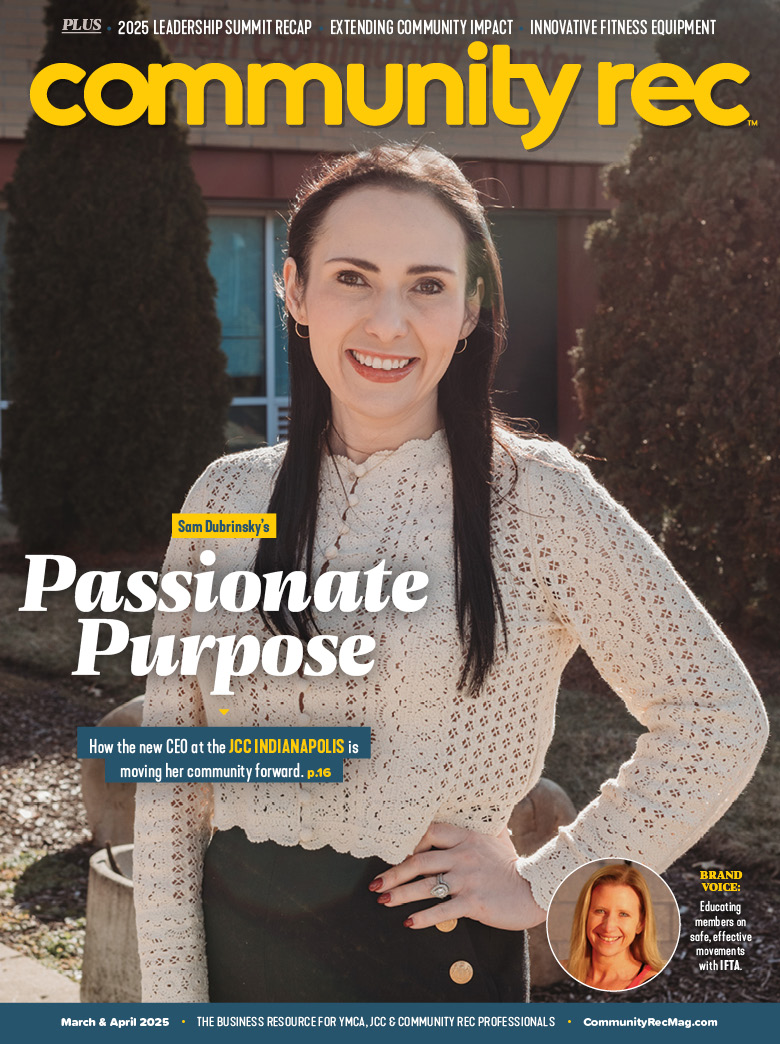Outdoor programs can be a difference-maker for your organization. Spending time outside is beneficial in many ways for people of all ages, which means outdoor programs give community rec centers the opportunity to engage participants and teach them new skills in ways they may not be accustomed to.
“Getting outside is good for physical health, as well as mental health,” said Zach Klipsch, the CEO of the Sherman Lake YMCA Outdoor Center in Augusta, Michigan. “The outdoors is a place for everyone.”
Each year, the Sherman Lake YMCA Outdoor Center serves roughly 20,000 people in its community in a myriad of ways. Between summer camps, retreats and after school programs for kids, as well as outdoor tennis courts, walking trails, and a splash pad, there’s something for everyone.
Every program and amenity is aimed at getting members reconnected to the world around them. “As our world has grown smaller through technology, there has been a disconnect to the physical environment around us,” said Klipsch. “Data proves time spent in nature is good for overall health. The more time people spend outside, whether older members or school children, the greater appreciation they have for our living world, and their place and impact on it.”
When you’re providing a way for members to participate in outdoor recreation — reconnecting to the physical world — you’re helping provide a boost for participants’ mental and emotional health, while promoting an active lifestyle.
Of course, integrating outdoor programs into your offerings might not be simple — for starters, you have to have the right facility and space to do so. And being in nature means you’re in a less controlled environment than a fitness facility.
“Operating safe programming outdoors can also be more challenging than indoors,” explained Klipsch. “Outdoor spaces, especially those surrounded by natural features like woods, lakes and rivers have more variables. Creating safe processes and procedures are extremely important so everyone who participates goes home safe.”
Overcoming these challenges is worth it, however, for all the ways it will benefit your members. If it’s logistically possible for you to offer or enhance your outdoor programs, it’s worth considering.
It’s also important to make your programs accessible. “Find ways to ensure all have access to the programs you offer,” said Klipsch. “Whether that be through the elimination of barriers like transportation and costs, or by creating programming that mitigates the intimidation of the unknown for those that haven’t spent time in outdoor spaces.”
Whether it’s through educational programs for kids, hikes for families or tennis programs for adults, it’s important to get your members engaged through outdoor programs. Spending more time outside will only benefit them.
“The more people we get in natural environments, the better it is for them personally, the better it is for our local ecosystems,” said Klipsch. “As community members grow a strong appreciation for the fragility of those systems, the better it is for our planet as a whole.”










